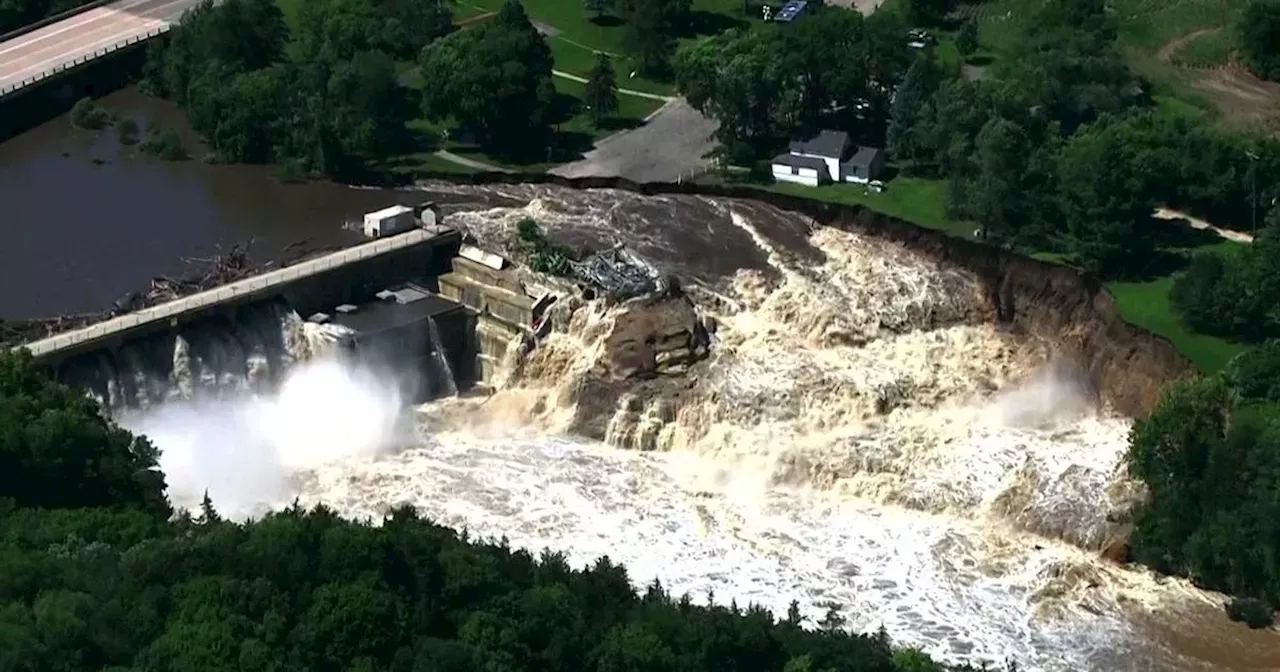Rapidan Dam: Rapidan Dam Mankato Mn



Rapidan dam mankato mn –
Nestled in the scenic Blue Earth River Valley, the Rapidan Dam stands as a testament to human ingenuity and the transformative power of engineering. Its construction in the early 20th century marked a significant milestone in flood control and water management in the region.
Historical Context
The devastating floods of 1881 and 1897 ravaged the Blue Earth River Valley, causing widespread destruction and loss of life. In response to these catastrophic events, the need for a comprehensive flood control system became imperative. The Rapidan Dam project emerged as a solution to mitigate future flood risks and harness the river’s potential for irrigation and hydroelectric power.
Engineering Marvel
The design and construction of the Rapidan Dam was a remarkable feat of engineering. Completed in 1912, the dam is an earthen embankment structure with a concrete spillway and powerhouse. Its unique design allowed for the efficient regulation of water flow, preventing flooding downstream while providing a reliable source of irrigation and hydropower.
Flood Control and Water Management
Since its inception, the Rapidan Dam has played a crucial role in flood control and water management in the Blue Earth River Valley. The dam’s reservoir, Lake Rapidan, acts as a buffer during heavy rainfall, storing excess water and releasing it gradually to prevent flooding downstream. Additionally, the dam’s hydroelectric plant generates renewable energy, providing a clean and sustainable source of power for the region.
Rapidan Dam: Rapidan Dam Mankato Mn



Rapidan Dam’s construction has had a profound impact on the Mankato area, transforming its economy, tourism, and environment.
Economic Benefits
The dam’s construction brought significant economic benefits to Mankato. It created numerous jobs during its construction phase and stimulated the local economy through increased demand for goods and services. The dam also provides a reliable source of hydroelectric power, which has helped attract new businesses to the area and reduced energy costs for residents.
Tourism and Recreation
The Rapidan Dam has become a popular destination for tourists and outdoor enthusiasts. The reservoir created by the dam offers opportunities for boating, fishing, swimming, and camping. The surrounding area is home to several parks and trails, making it a popular destination for hiking, biking, and birdwatching.
Environmental Implications
The construction of the Rapidan Dam has had both positive and negative environmental implications. The dam has helped to control flooding and improve water quality in the Mankato area. However, the dam has also blocked the migration of fish and altered the natural flow of the river.
Rapidan Dam: Rapidan Dam Mankato Mn



Rapidan Dam, a concrete gravity dam spanning the Blue Earth River in Mankato, Minnesota, has served as a significant landmark and source of energy for over a century.
Current Use and Maintenance
The Rapidan Dam currently operates as a hydroelectric power plant, generating clean and renewable energy for the surrounding communities. Regular maintenance and inspections ensure the dam’s structural integrity and optimal performance.
Role in Renewable Energy Production
As a hydroelectric facility, the Rapidan Dam harnesses the power of flowing water to generate electricity. This renewable energy source contributes to reducing greenhouse gas emissions and promoting sustainable energy practices.
Potential Future Uses and Upgrades, Rapidan dam mankato mn
Looking ahead, the Rapidan Dam has the potential to play an expanded role in the region’s energy landscape. Upgrades and improvements could enhance its efficiency and capacity for power generation.
- Increased Turbine Capacity: Installing additional or upgraded turbines could boost the dam’s electricity output.
- Pumped-Storage Hydroelectricity: Utilizing the dam for pumped-storage hydroelectricity would allow for energy storage and release during peak demand periods.
- Recreation and Tourism: Enhancing recreational facilities around the dam could attract visitors and contribute to local tourism.